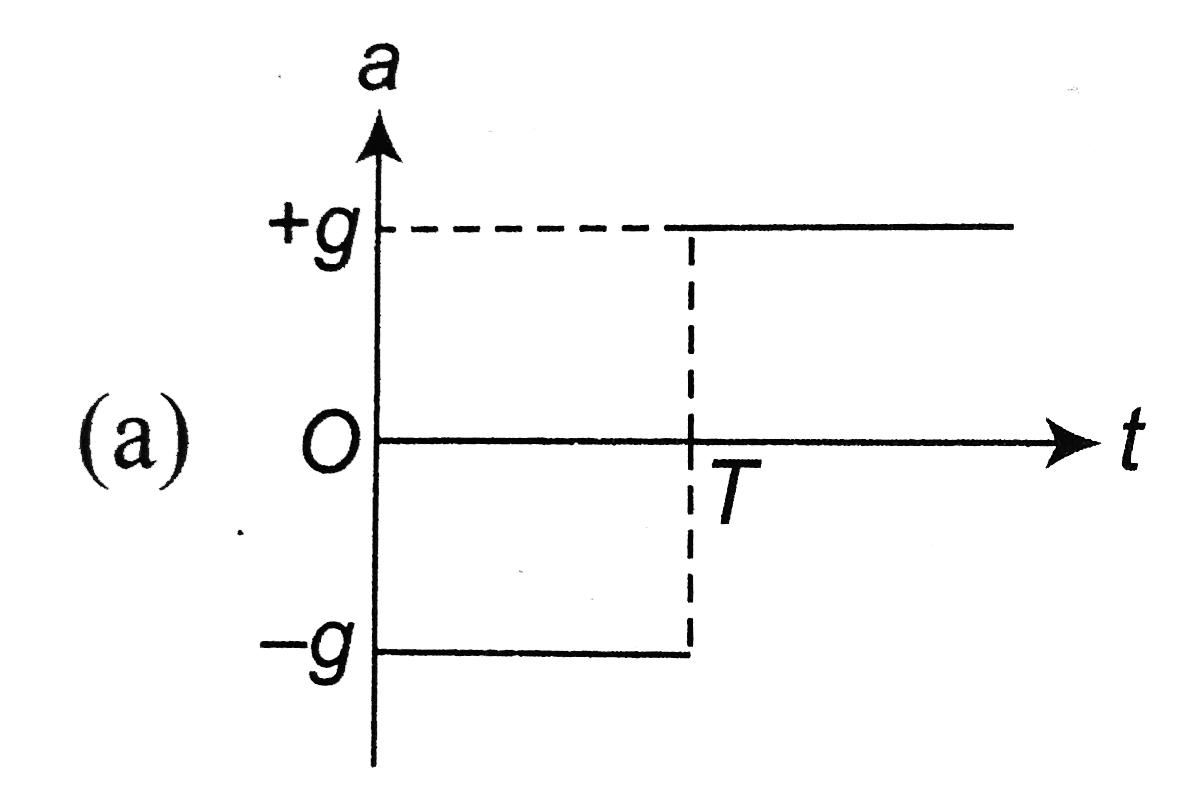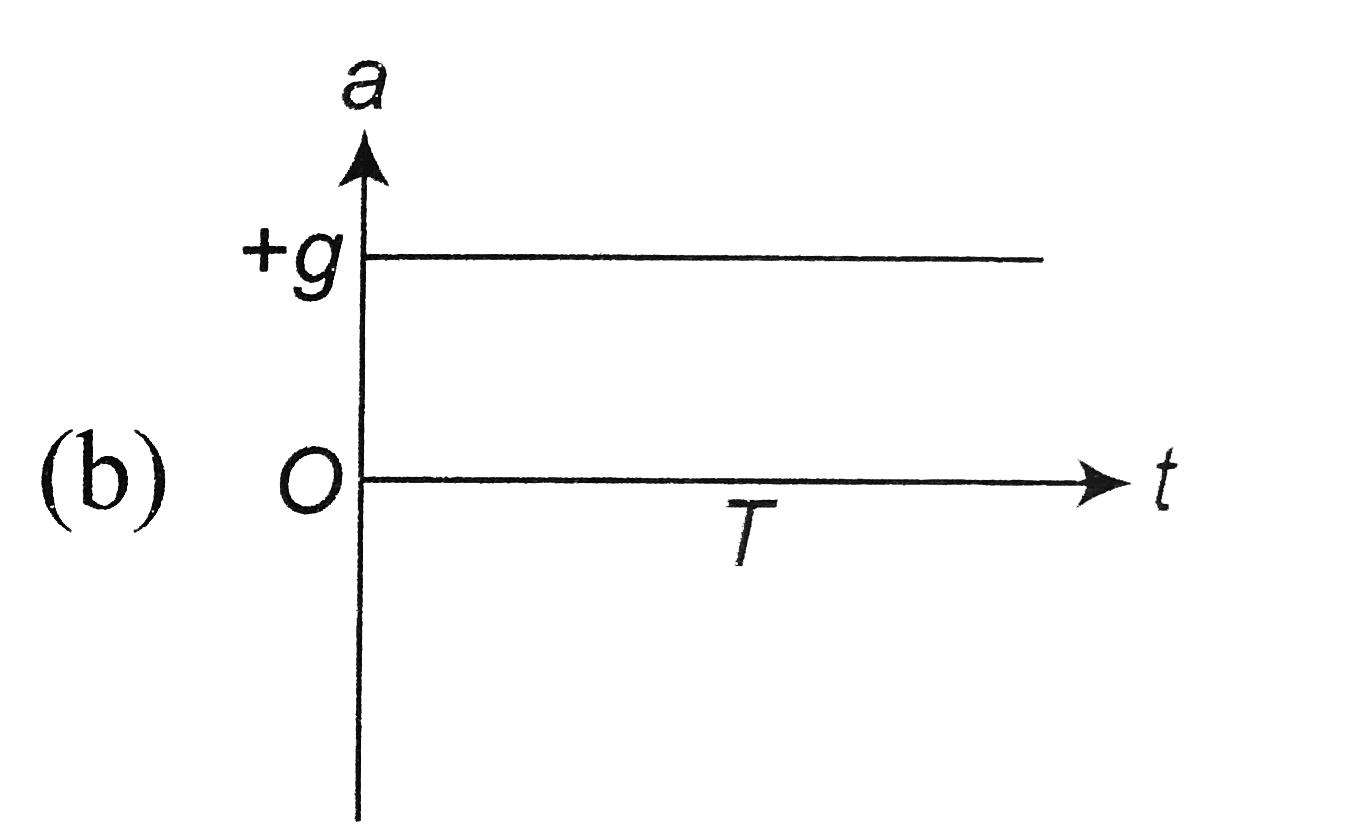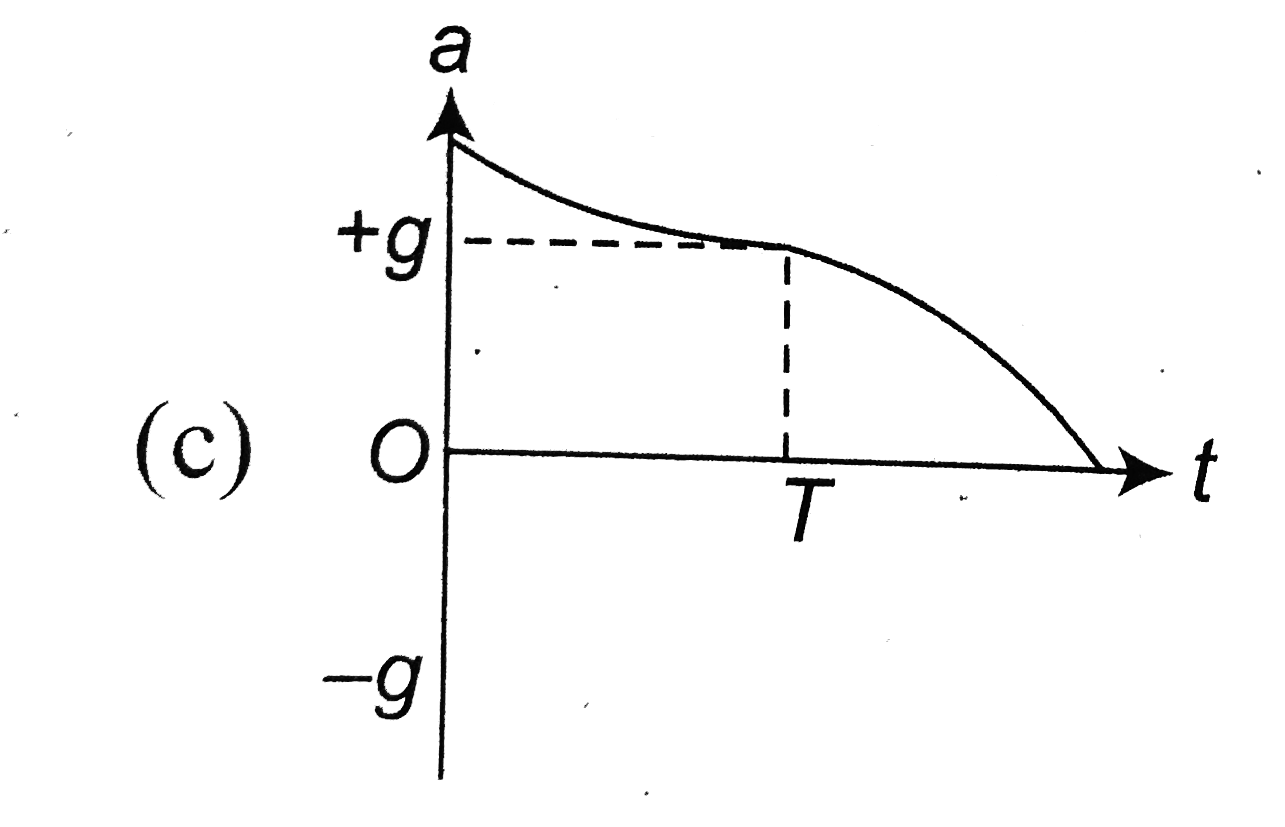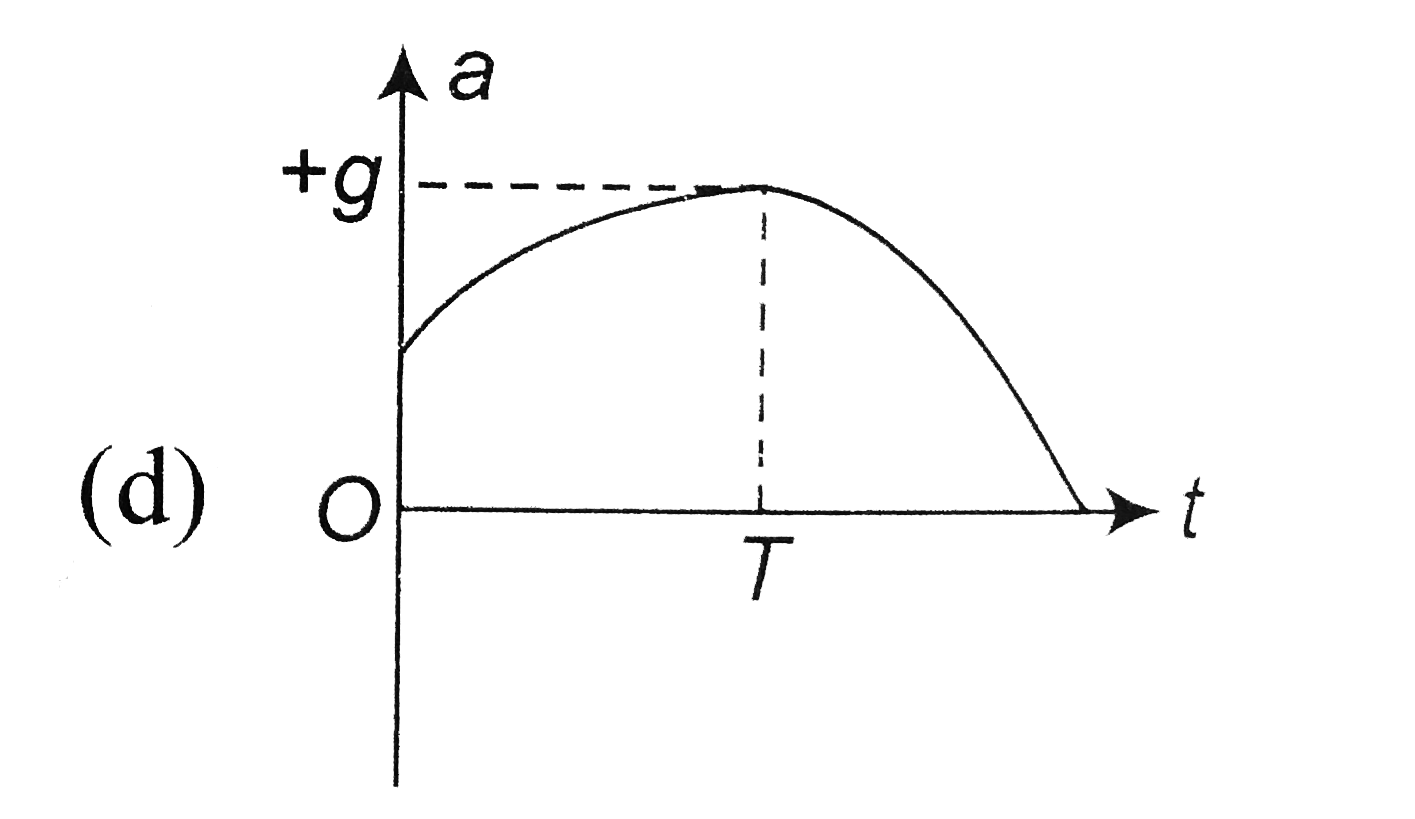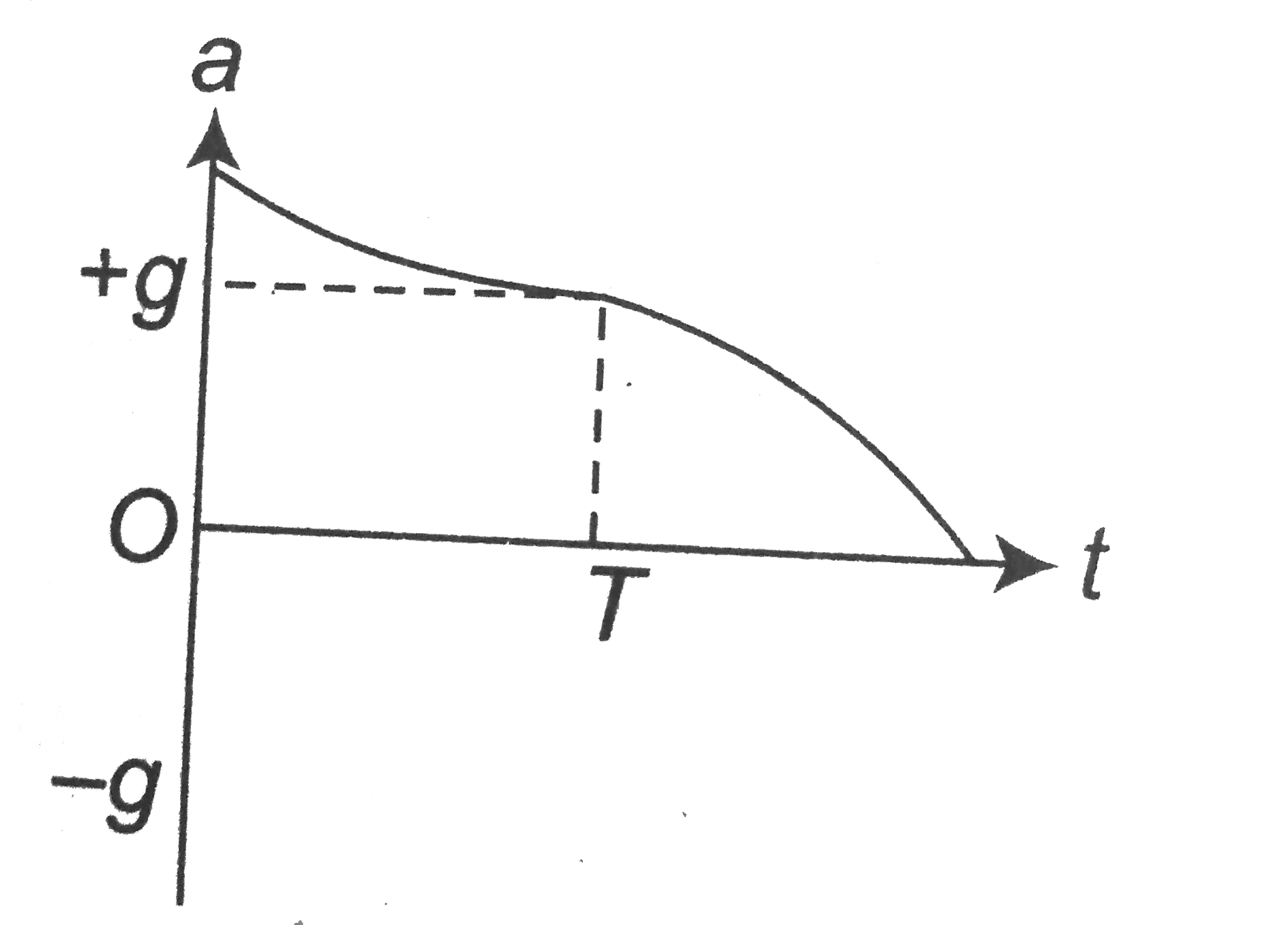A
B
C
D
Text Solution
Verified by Experts
The correct Answer is:
|
Topper's Solved these Questions
PROPERTIES OF MATTER
A2Z|Exercise Problems Based On Mixed Concepts|34 VideosView PlaylistPROPERTIES OF MATTER
A2Z|Exercise Assertion Reasoning|20 VideosView PlaylistPROPERTIES OF MATTER
A2Z|Exercise Pressure Difference And Capillarity|23 VideosView PlaylistOSCILLATION AND SIMPLE HARMONIC MOTION
A2Z|Exercise Chapter Test|29 VideosView PlaylistROTATIONAL DYNAMICS
A2Z|Exercise Chapter Test|29 VideosView Playlist
Similar Questions
Explore conceptually related problems
Knowledge Check
A
B
C
D
Submit
A
B
C
D
Submit
A
B
C
D
Submit
Similar Questions
Explore conceptually related problems
A2Z-PROPERTIES OF MATTER-Viscosity
- A small steel ball falls through a syrup at a constant speed of 10cms^...
01:55
|
Play - An air bubble of 1 cm radius is rising at a steady rate of 2.00ms^-1 t...
03:37
|
Play - Two indetical spherical drops of water are falling (vertically downwar...
03:15
|
Play - Uniform speed of 2 cm diameter ball is 20cm//s in a viscous liquid. Th...
01:12
|
Play - Coefficient of vilocity of water =0.01 poise, density of water =1 g c...
01:33
|
Play - A metal ball B(1) (density 3.2g//"cc") is dropped in water, while anot...
03:25
|
Play - A rain drop starts falling from a height of 2km. If falls with a conti...
02:06
|
Play - A drop of water of radius 0.0015 mm is falling in air. If the coeffici...
02:47
|
Play - A metallic sphere of radius 1.0 xx 10^(-3) m and density 1.0 xx 10^(4)...
04:28
|
Play - Consider the following statements: (i) Young's modulus is numericall...
01:10
|
Play - The diagram shows a cup of tea seen from above. The tea has been stirr...
01:14
|
Play - A tall cylinder is filled with viscous oil. A round pebble is dropped ...
01:40
|
Play - A ball is thrown vetically upwards at time t=0. Air resistance is not ...
03:08
|
Playing Now - A rectangular metal plate has dimensions of 10cmxx20cm. A thin film of...
03:41
|
Play - A cubical block of side a and density rho slides over a fixed inclined...
06:16
|
Play - When a ball is released from rest in a very long column of viscous. L...
02:04
|
Play - A uniform solid sphere of relative density 5 is released in water fill...
02:54
|
Play - A container filled with viscous liquid is moving vertically downwards ...
02:02
|
Play - Two uniform solid balls of same density and if radii r and 2r are drop...
02:06
|
Play - A sphere of radius R and density rho1 is dropped in a liquid of densit...
02:49
|
Play
